
Ohashi Sato no Mori
What is The Ohashi Sato no Mori?
Built on the roof of Ohashi Ventilation Center located inside Ohashi Junction. "Natural regeneration green space Ohashi Sato no Mori". It is a place where sloped forests, grasslands, and the murmuring of streams are reproduced in the image of an era when the relationship between people and nature was rich.
Natural regeneration green space
“Ohashi Sato no Mori”
Ohashi Sato no Mori is a natural regeneration green space developed on the roof of the tunnel ventilation center located inside Ohashi Junction and modeled the original scenery around the Meguro River.
It is thought that there were a valley and terraces around the Meguro River in the early Showa era; marshy areas that included paddy fields lay in the valley, grasslands of Japanese torreya and other plants stretched out on the terraces, sloped forest and springs were found on the terrace cliffs, and the murmuring of streams was heard.
There is a slope for ventilation on the tunnel ventilation center and nature of the original scenery around the Meguro River is reproduced utilizing the slope.
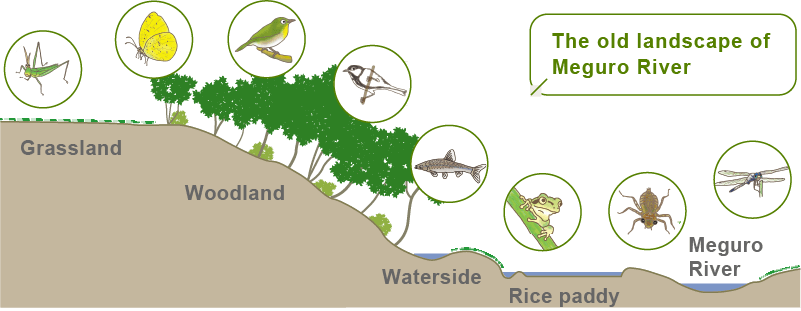
Ohashi Sato no Mori and the surrounding greenery
Ohashi Junction, where Ohashi Sato no Mori is located, named "Ohashi Green Junction",
we are nurturing precious greenery in the city.
A
Natural regeneration green space
~Ohashi Sato no Mori~
It is a green space that contributes to the regional environmental improvement as one of the centers of the ecological network that links to regional greens and the nature of the Meguro River.
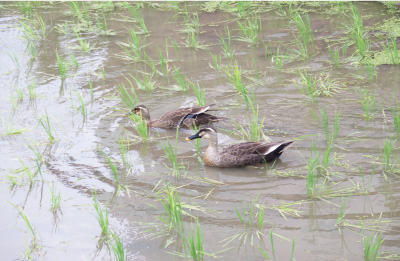
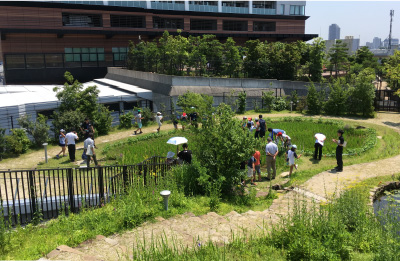
B
Greens in a park~Meguro Sky Garden~
Meguro Sky Garden is a park built on the roof of a highway junction building for the first time in Japan, and the loop shaped park is 400 meters around with a height of 35 meters at the highest and 7 meters at the lowest. It is a leafy park, which is hard to believe is built on a building roof.
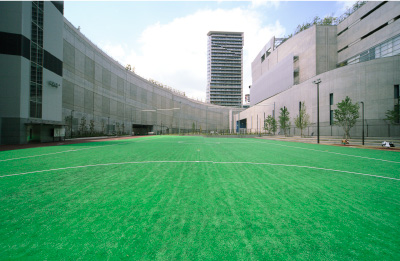
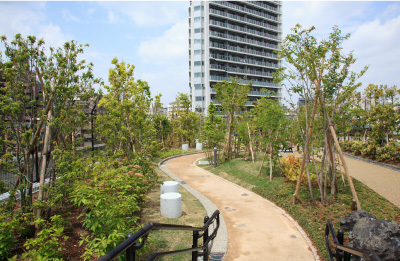
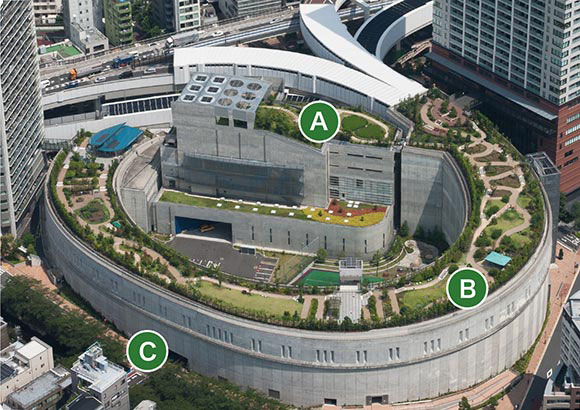
C
Greens in the city~Green wall~
At Ohashi Junction, green walls have been put in place with creeping fig, which stays green all year, considering the harmony with the surrounding environment.
It grows only 30 to 50 centimeters a year and takes long to grow, but it is expected cover the walls with green over the years.
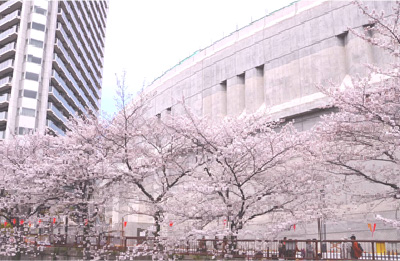
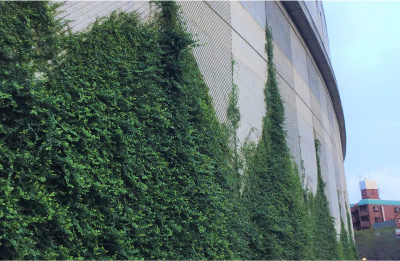
What is An Ecological Network?
An ecological network is a concept and practical activity to restore a deteriorated ecosystem and conserve biodiversity by interconnecting the growth and habitat of divided species.
Ohashi Sato no Mori connects the Yoyogi Park and the surrounding greenery with the Meguro River as the axis. It plays a role as one of the bases of the ecological network.
| Major birds | Goshawk / Spot-billed duck / Japanese white-eye / japanese tit / Brown-eared bulbul |
|---|---|
| Major insects (Land) | Orthetrum albistylum speciosum / Loxoblemmus campestri / Hierodula patellifera / Atractomorpha lata / Oxya yezoensis / Graptopsaltria nigrofuscata / Harmonia axyridis / Phytomia zonata / Parnara guttata / Papilio xuthus / Common Grass Yellow / Cabbage White / Indian Fritillary |
| Major insects (Aquatic) | Ischnura asiatica ( dragonfly larva ) / Orthetrum albistylum speciosum ( dragonfly larva ) / Anax nigrofasciatus ( dragonfly larva ) / Cloeon dipterum / water strider |
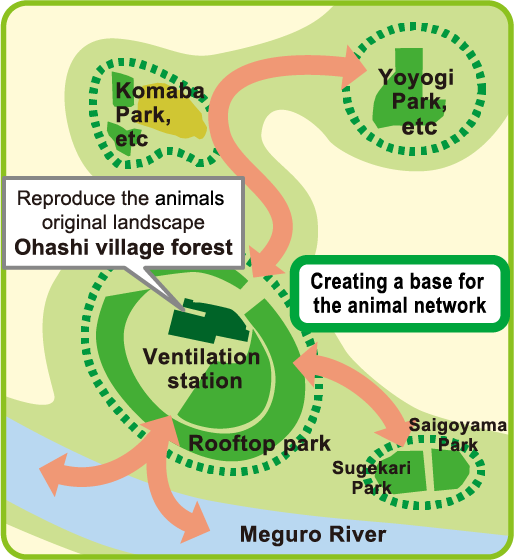
Many animals and plants are discovered in Ohashi Sato no Mori
Monitoring survey indicate that insects and aquatic organisms are breeding, and many birds have been documented.
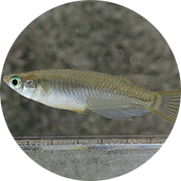
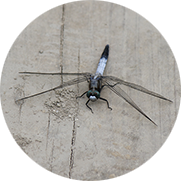
speciosum
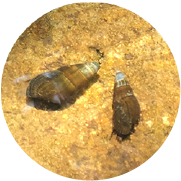
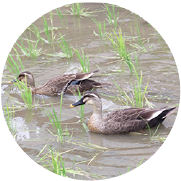
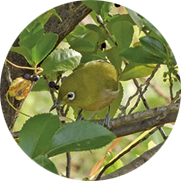
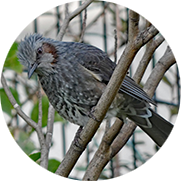
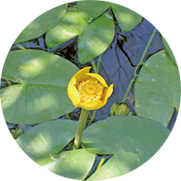
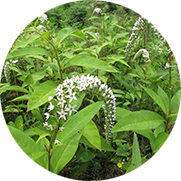
Loosestrife
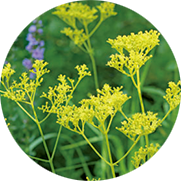
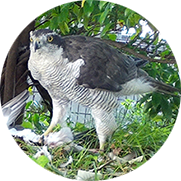
See more for a list of other animals and plants found in Ohashino Sato no Mori
Contribution to children’s learning through a rice farming experience
We invite elementary school children in neighboring areas and hold rice farming experience (planting, cultivation, and threshing) and nature observation workshops.
We contribute to children’s multifaceted learning that includes nature learning, farming experience, and dietary education through such experience-based programs.
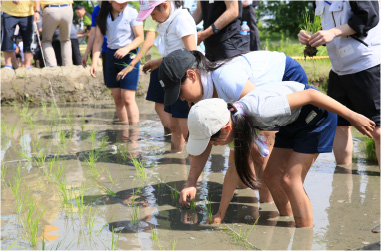
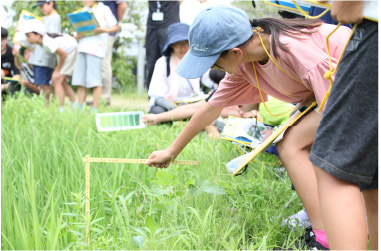
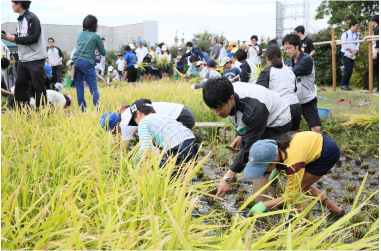
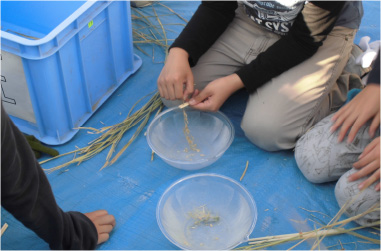
Recognitions to the continuous efforts
Various efforts on Ohashi Sato no Mori have also highly evaluated by external organizations.
Certified as a
“Nationally Certified Sustainably Managed Natural Sites”
In 2023, we were certified as a "Nature Coexistence Site" by the Ministry of the Environment. On the
unique rooftop of a ventilation facility integrated with the Ohashi Junction, we were recognized for
our efforts to create a green space while considering the ecosystem, our contributions to the local
community, and our role as a model for urban greening through the formation of an ecological
network.
Here are highlights for evaluation
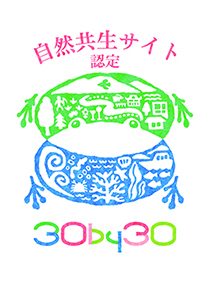
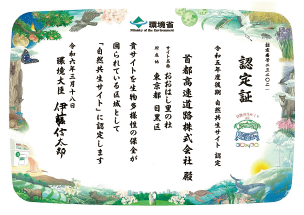
- "Nature Coexistence Sites" are areas designated by the Japanese government to recognize private initiatives in preserving biodiversity. These sites, excluding those that overlap with protected areas, are registered as "Other Effective Area-based Conservation Measures (OECM)" in an international database.
Certified as a SEGES
Our site's dedication to fostering eco-conscious green spaces and enriching the local community through initiatives like rice paddy cultivation experiences was highly commended in 2020. This recognition led to our site being awarded the "Excellent 2" designation in the "Growing Green" category of the Social and Environmental Contribution Green Space Evaluation System, known as "SEGES." Our commitment to utilizing green spaces effectively was further recognized in 2023, leading to our promotion to the "Excellent 3" category.
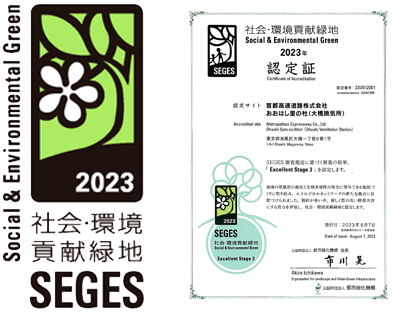
- SEGES (Social and Environmental Green Evaluation System) is a certification system that evaluates the excellence of green lands created by corporate organizations and their relevant daily activities and recognizes that they are excellent green land that contributes to the environment and society and are maintained well.
Registration in EDO-MIDORI Registration Green Space
On August 21, 2019, it was registered in the "EDO-MIDORI Registration Green Space (*)", a native species planting system in Tokyo. Only native species of trees are planted and excessive cutting is avoided to keep them close to their natural state for six years after maintenance. These efforts were praised to protect the ecosystem and natural environment by not using pesticides.
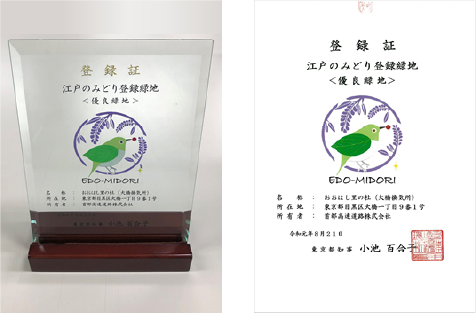
- "EDO-MIDORI Registration Green Space (*)": A system in which the Tokyo Metropolitan Government registers and announces green spaces with native species actively planted and work to conserve biodiversity.
Obtained JHEP Certification "AAA" (highest rank)
Ohashi Sato no Mori acquired the highest rank "AAA" in "JHEP Certification" on September 21, 2016. Using the original scenery around the Meguro River area as a model, we have restored a high-quality natural area resembled to the nature inherent to the area by limiting the types of seedlings to native species.
Native species of trees and grasslands are planted and excessive cutting is avoided to keep them close to their natural state from the time of maintenance. And we have thoroughly maintained and managed the extermination of alien species in order to raise native species. These efforts were evaluated, and it became the highest rank "AAA" certification in JHEP.

- The JHEP certification (Japan Habitat Evaluation and Certification Program) is a quantitative evaluation of the efforts of companies by comparing the degree of contribution and impact on biodiversity before and after the project. In Japan, it is evaluated and certified by the Japan Ecosystem Association. The Japanese version of HEP developed by the US Department of the Interior as a method for quantitatively evaluating the environment in the 1970s and 1980s.
The space is usually closed for management but opens to public several times a year. Please visit us.

